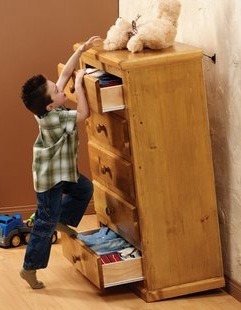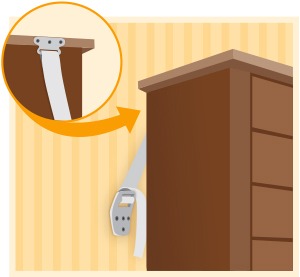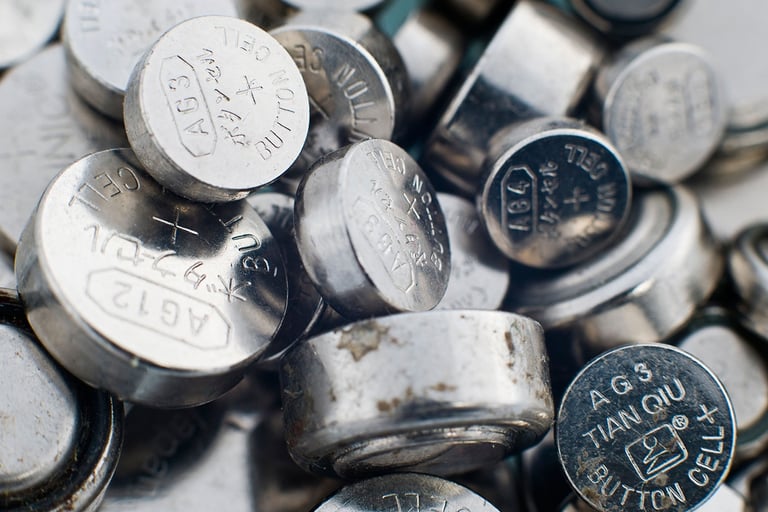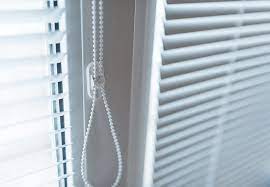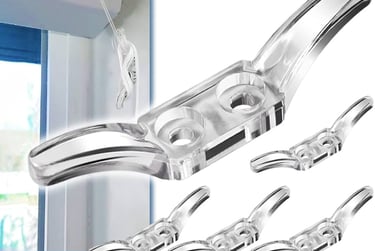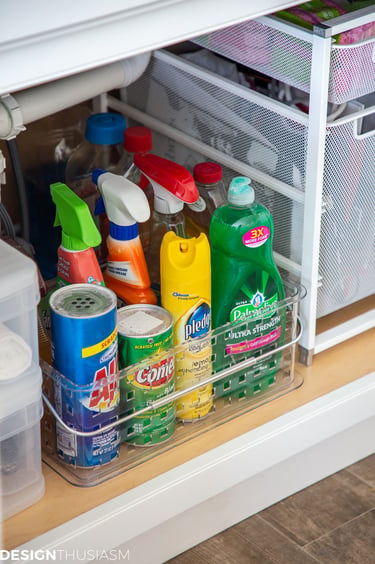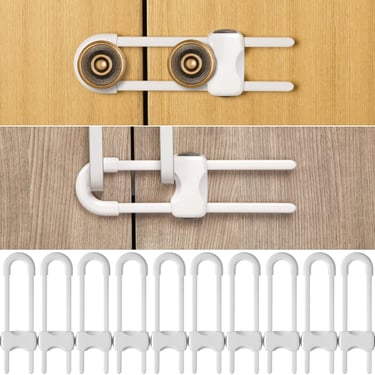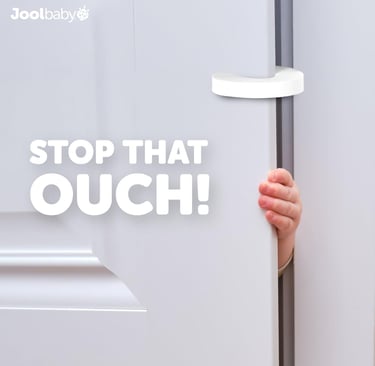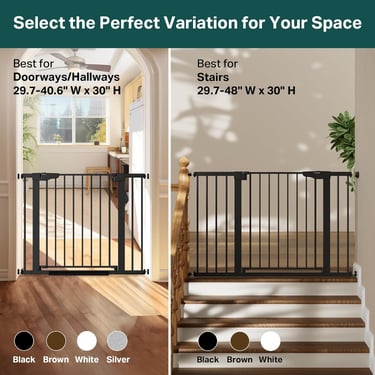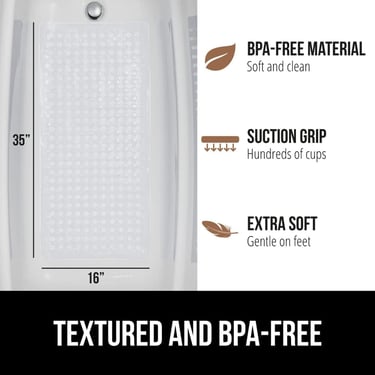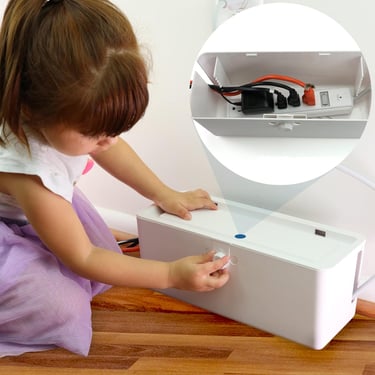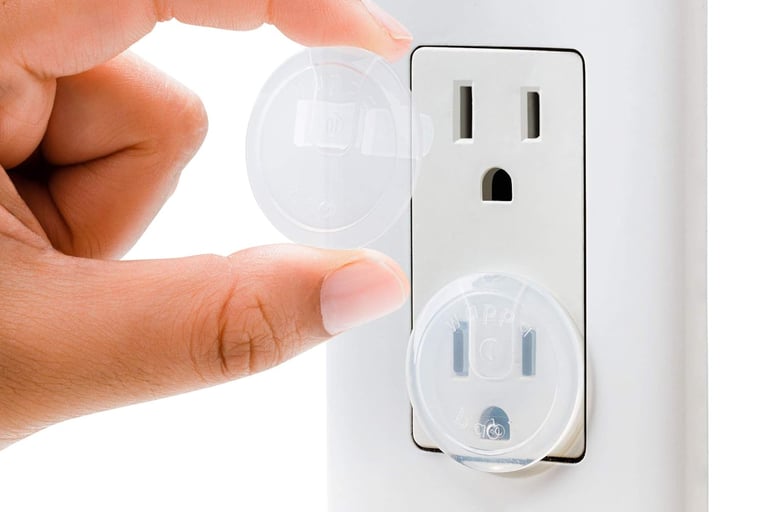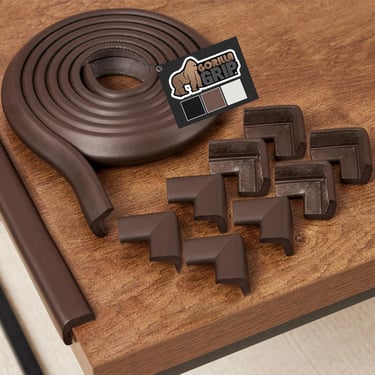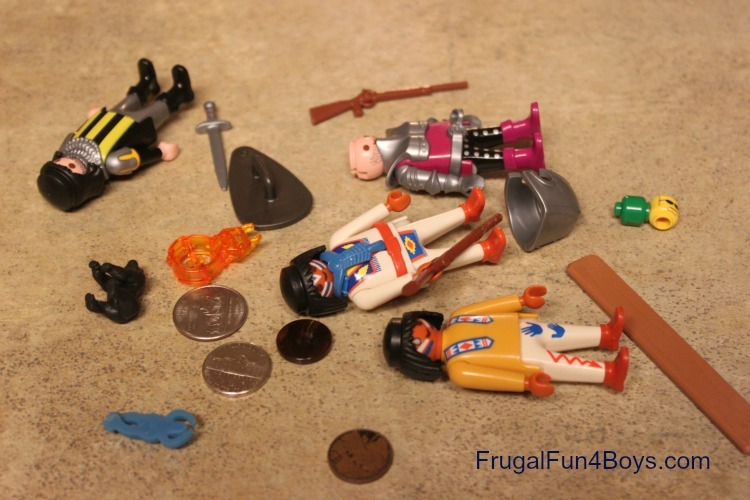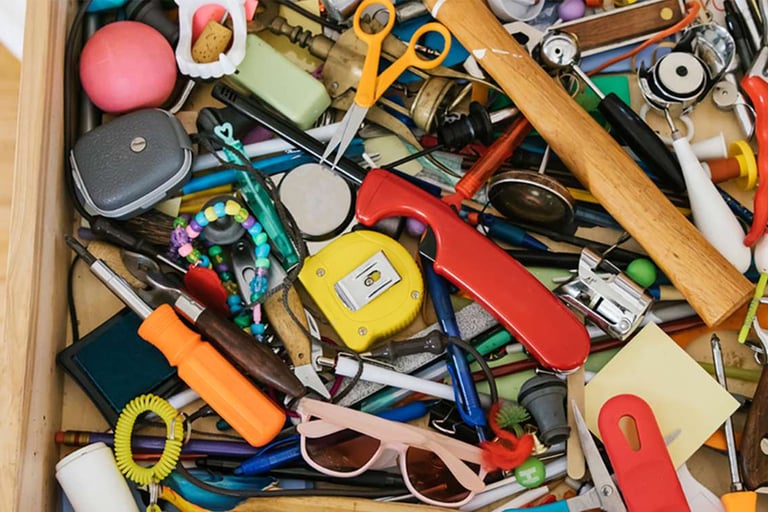10 Common Childproofing Hazards Parents Often Overlook
Childproofing your home? Discover 10 overlooked hazards that could put your little one at risk. Learn simple, effective solutions to create a safer environment for your child
Emily Harper
4/13/202516 min read
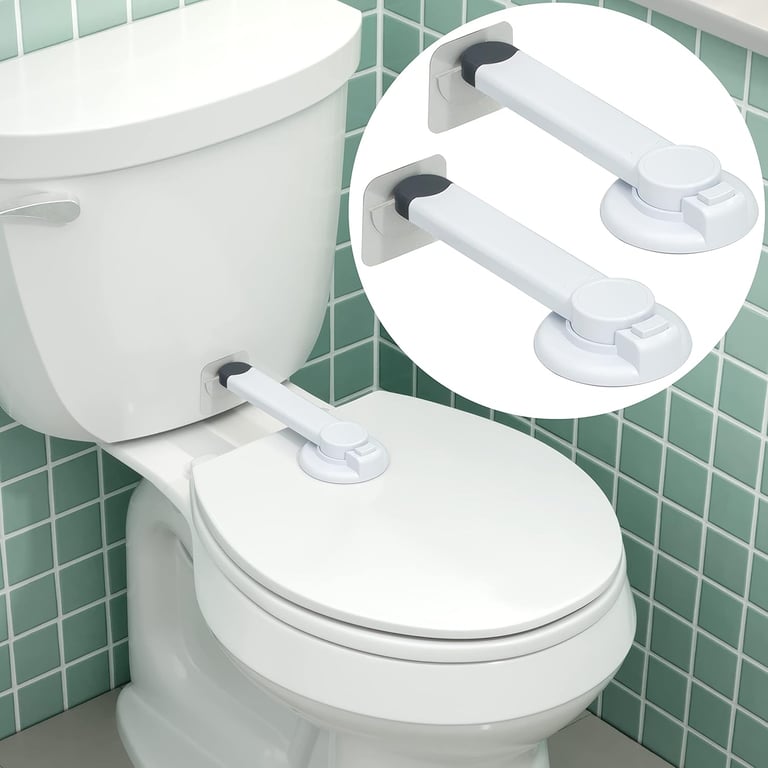

👋 Introduction:
As parents, we’re all familiar with baby gates, outlet covers, and cabinet locks, but some hidden hazards may be flying under your radar. While you’re childproofing sharp corners and securing furniture, don’t forget the risks you might overlook! In this post, we’ll highlight 10 overlooked childproofing dangers and share easy tips to keep your home safe. Whether you’re expecting or have a toddler on the go, these tips will help ensure a safer environment for your little one. Let’s dive in!
1. The Hidden Danger of Furniture That Can Tip Over
When I first started baby-proofing my house, I was hyper-focused on outlets, stairs, and sharp corners. But what really stopped me in my tracks? The thought that something as ordinary as a dresser could be a fatal hazard. It sounds dramatic—until you realize how often it happens. According to the CPSC, one child dies every 10 days from furniture or TVs tipping over. That’s not just a stat—it’s a nightmare scenario.
Let’s be real: toddlers are natural climbers. They scale bookshelves like they’re Everest, yank open drawers to use as makeshift ladders, and tug on cords without hesitation. And we can’t expect them to know better. It’s our job to outsmart their curiosity before it becomes a tragedy.
So here’s what I did—and what I’d urge every parent or caregiver to do, today:
Anchor everything. TVs, dressers, bookshelves—if it can tip, it should be strapped. I used anti-tip kits that screwed directly into the wall studs. No shortcuts.
Don’t trust "heavy" to mean "safe." That solid oak dresser might seem unmovable to you, but it’s not immovable to a determined toddler. Weight doesn't equal safety.
Lower the load. Keep heavy items—like big books or decorative pieces—on bottom shelves. Anything top-heavy makes tipping more likely.
And here’s a bonus if you’re still shopping: choose furniture that already comes with built-in anti-tip mechanisms. Brands are finally starting to get with the program, especially those that meet ASTM F2057 standards for clothing storage units (source).
Bottom line? A few screws and straps might feel like overkill… until they’re not.
2. Choking Hazards Are Everywhere—Even Where You Least Expect Them
I’ll never forget the day I found a coin in my baby's mouth. I turned around for two seconds—you know how it goes—and there he was, sitting on the floor, happily gumming a quarter like it was a teething toy. My heart dropped. That moment changed how I looked at every inch of my home.
The truth is, choking hazards aren't just limited to toys with warning labels. They're hiding in your couch cushions, under furniture, at the bottom of toy bins, and in your junk drawer. Think coins, buttons, beads, batteries, screws—anything small enough to fit into a toddler’s mouth is fair game to them.
Let me be blunt: button batteries are especially terrifying. If swallowed, they can burn through tissue in hours. The danger is silent and fast. It’s not just about choking—it’s internal injury, and it’s life-threatening. Keep them locked up or better yet, switch to battery-free options when you can.
So, what do we actually do about it?
Get on your hands and knees. Literally. Do a crawl test. See the world from your baby’s perspective—you’ll be shocked at how many “invisible” hazards become obvious. That’s how I found a marble wedged under our baseboard heater (no idea where it even came from).
Use a small parts tester. These little tubes mimic a child’s windpipe. If an object fits inside, it’s not safe to leave within reach. You can also use a toilet paper roll in a pinch.
Declutter ruthlessly. It sounds extreme, but I boxed up every toy with detachable pieces unless they were too big to swallow. And I double-check the floor after guests leave—purses and pockets drop dangerous bits all the time.
If you want a chilling reality check, the AAP (American Academy of Pediatrics) has a guide on choking prevention that every parent should read (source).
The goal isn’t paranoia—it’s awareness. Because one overlooked battery or coin could change everything.
3. Windows and Blinds: A Strangulation Risk Hiding in Plain Sight
This one hit me hard when a friend shared her story—her toddler had wrapped a window blind cord around his neck in seconds. She was in the next room. Thankfully, she caught it in time. But the what-ifs? They still haunt her.
We tend to think of windows as sources of natural light and fresh air—not danger zones. But those dangling cords? They’re silent killers. Toddlers don’t understand what’s risky and what isn’t. They tug, twist, and explore. And when cords form loops, the risk of strangulation is horrifyingly real.
According to the Consumer Product Safety Commission, nearly one child a month dies from window cord strangulation in the U.S. That number isn't just tragic—it’s preventable.
Here’s how I tackled this hazard in my home:
I ripped out the old blinds. Corded blinds just weren’t worth the risk. I switched to cordless window coverings—they’re not only safer, but honestly, they look cleaner and more modern.
Short-term fix? If you’re not ready to replace everything, use cleats or cord wind-ups to anchor the cords up high—well out of any child’s reach. No loops. No slack.
Don’t forget window guards. Especially on lower windows or upstairs bedrooms. Toddlers have zero fear of heights and often love leaning against screens, which offer zero support. I installed guards that still allow airflow but block a fall.
Pro tip: Install window stops too, so windows can’t open more than 4 inches. It’s a small change that could be the difference between safety and tragedy.
The Window Covering Safety Council offers solid guidance on what’s safe and what needs replacing (source). If your blinds were made before 2018, there’s a good chance they don’t meet updated safety standards. Time to check.
It’s easy to overlook this one because cords just blend into the background—but once you see the risk, you can’t unsee it. And you shouldn’t.
4. Cleaning Supplies: The Poison Hiding Under Your Sink
I used to keep my cleaning products in a cabinet under the kitchen sink—because that’s where my mom kept them, and her mom before her. It wasn’t until I saw my toddler yanking open that cabinet with a bottle of bleach in hand that it clicked: just because it’s common doesn’t mean it’s safe.
The harsh reality? Brightly colored bottles look a lot like juice to a child. Some even smell sweet. And the damage they can do in seconds—corrosive burns, respiratory failure, even death—is terrifying. According to Poison Control, over 40% of poison exposures each year involve children under 6, and household cleaning products are one of the top culprits (source).
I took no chances after that wake-up call. Here’s what actually works:
Store smart. Everything toxic went into locked cabinets high off the ground. Not just “out of sight”—inaccessible. Babyproofing latches aren’t enough for determined little hands.
Rethink what you’re using. I started replacing harsh chemical cleaners with non-toxic, baby-safe alternatives. Vinegar, baking soda, and castile soap now do most of the work. I still get a deep clean—just without the side of danger.
Label and separate. Anything that must stay (like certain disinfectants) gets a clear label and lives in a completely separate space from everyday household stuff.
And here’s a bonus: going non-toxic isn’t just about safety—it’s about air quality too. My home smells cleaner now, not like chemical warfare. Brands like Branch Basics, Seventh Generation, and ECOS make switching easy without sacrificing effectiveness.
One final tip: keep the Poison Control number (1-800-222-1222) saved in your phone and posted in your kitchen. You hope you’ll never need it—but if you do, you’ll need it fast.
We babyproof outlets and sharp corners like pros. But let’s not overlook the danger we’re literally spraying on our countertops.
5. Doors and Staircases: The Everyday Dangers That Catch You Off Guard
You don’t realize how many hazards your house has until you watch a toddler try to navigate it like it’s their personal obstacle course. Doors and stairs? Those are the boss levels.
The day my daughter nearly slammed her fingers in the bathroom door was the day I stopped thinking of doors as just, well... doors. She was chasing the cat (classic) and pushed the door with all her might. It swung shut—fast and hard. I caught it just in time. But again, the “what if” moment? Brutal.
And stairs? Don’t even get me started. Toddlers think they can walk, climb, and leap like superheroes—but one misstep and it’s a trip to the ER. The CDC says falls are the leading cause of nonfatal injuries in children under 5. That stat becomes deeply personal when your child’s involved.
So here’s what I’ve done—and would recommend to any parent, grandparent, or caregiver:
Pinch guards are a must. These little foam U-shaped tools slide onto the edge of a door and prevent it from slamming shut. Simple, cheap, and life-saving. I put one on every interior door.
Soft-close mechanisms aren't just for fancy kitchens. Adding them to doors makes them toddler-friendly and finger-safe.
Baby gates—top and bottom. Some people skip the bottom of the stairs thinking “they’ll learn.” Nope. I’ve seen toddlers scale stairs faster than a squirrel. Gates give you peace of mind, especially during the chaos of dinner time or when your back is turned for literally one second.
Door stoppers or wedges can also help if you’ve got doors that swing on their own or ones that stay open too easily. They're not glamorous, but they work.
Personally, I’d go with gates that are hardware-mounted—especially at the top of stairs. Pressure-mounted ones might look easier, but they can give way when you least expect it. I learned that the hard way when a visiting toddler leaned on ours and it buckled (thankfully, no injuries—but I still replay it in my head).
Doors and stairs seem harmless… until they’re not. So don’t wait for the scare. Take the steps now—because when it comes to little fingers and tiny feet, every barrier you put up could be the one that prevents a fall, a crush, or something worse.
6. Bathtubs and Showers: Slippery, Sneaky, and Seriously Dangerous
Bath time is supposed to be adorable, right? Bubbles, giggles, rubber duckies. But it can turn scary fast. The first time my son slipped while standing in the tub, it was like watching it all happen in slow motion—arms flailing, head heading straight for the faucet. I caught him just in time, soaked from elbow to toe and shaking. I didn’t care. All I could think was: How did I let this happen?
Bathrooms are deceptively hazardous. Smooth tiles, wet surfaces, hard corners—it’s the perfect storm for slips, bruises, or worse. The CDC notes that over 230,000 nonfatal bathroom injuries happen each year in the U.S., with young kids being especially vulnerable.
So what actually helps? Here’s what made a real difference for us:
Non-slip bath mats—inside and outside the tub. I used to think the bath mat outside was just for comfort or style, but it’s really your first defense against post-bath spills and wet feet on tile.
Textured stickers or mats for inside the tub. Forget the cute ones with whales that peel off after two weeks—look for high-grip, mold-resistant ones that stay put.
Install grab bars. Not just for seniors! Kids love to stand and move during baths, and grab bars offer a steady hold when things get slick. We added one right by the tub and another near the shower.
But here’s the big one—and I’ll say it loud for the people in the back:
Never leave your child alone in the bathtub. Not even for a second.
That towel across the room? Let them drip. The phone ringing? Let it go to voicemail. Drowning is fast, silent, and possible in as little as one inch of water. I know that sounds dramatic, but I’d rather be overly cautious than regretful.
If you're sharing bath duties with grandparents or babysitters, be extra clear: no distractions, no walking away. I even wrote it on a sticky note and stuck it on the mirror.
Bath time should be joyful. Just make sure the only thing slipping around is the rubber ducky—not your peace of mind.
7. Power Strips and Extension Cords: A Tangle of Trouble
It didn’t hit me how dangerous our power strip setup was until I caught my toddler trying to unplug the humidifier with wet hands. He was so proud of himself for “helping.” I was horrified.
Power strips, extension cords, and exposed outlets are like magnets for little hands. They glow, they hum, they look fun to poke—and they’re everywhere. Especially if you live in an older house (like we do) where outlets aren’t exactly where you’d want them to be. So you end up with wires snaking across the floor, which might be fine for adults… but for toddlers? It’s a jungle of risk.
And the risk is real. According to the National Fire Protection Association, electrical distribution systems are one of the leading causes of home fires—and kids under 6 are among the most vulnerable for electric shock injuries.
Here’s what helped me actually make things safer:
Outlet covers—yes, the boring plastic ones. But skip the cheap ones that toddlers can yank off like stickers. Go for ones that slide open only when you plug something in. Way more secure.
Cord shorteners or boxes are game changers. I use these tidy little enclosures to wrap and hide excess cable length. They’re not just for aesthetics—they stop tiny fingers from pulling, chewing, or tripping over cords.
Furniture placement is your secret weapon. Wherever possible, I blocked access to power strips with bookshelves or toy bins. Out of sight, out of reach, out of danger.
Get creative with Velcro strips and wall clips. I used them to secure cords high up or along baseboards, so nothing’s left dangling or inviting.
And honestly? We just got rid of as many cords as possible. We switched to a cordless vacuum, moved chargers to high surfaces, and started using smart outlets we can control remotely—fewer temptations, fewer chances for something to go wrong.
Pro tip: If you're not sure whether something is safe, look for products with UL certification (Underwriters Laboratories). That stamp means it’s been tested for safety. No certification? No plug-in, in my house.
It might feel like overkill to babyproof your cables and plugs—but when you think about how little it takes to cause an electric shock or start a fire, it’s just not worth the risk. I’d rather fight the clutter now than fight off a trip to the ER later.
8. Small Furniture, Big Problem: Tripping, Bumping, and Bruising Machines
Have you ever stepped on a LEGO barefoot in the dark? Now imagine your toddler’s forehead taking that same energy straight into the corner of a coffee table. Been there. Cried with them.
It’s wild how quickly small pieces of furniture turn into toddler-level hazards. The ottoman you love for its mid-century charm? Your kid sees it as a springboard. That adorable side table by the couch? It’s suddenly a forehead magnet.
The biggest issue? Low furniture doesn’t register as dangerous—until it is. Kids don’t yet have spatial awareness. They stumble, trip, spin around wildly because they’re pretending to be a dinosaur… and bam.
Here’s what helped us minimize the drama (and ER visits):
Rearranged the battlefield. I walked the path my toddler took 10 times a day and cleared it like I was prepping for a toddler NASCAR race. Anything with corners, legs, or unstable frames got moved out of the high-traffic zones.
Foam edge protectors are worth every penny. I know they look a little goofy on your stylish coffee table, but so does a black eye on a baby. We used these on every sharp surface at toddler eye-level—especially on tables and benches.
Swapped out the worst offenders. That wobbly end table with the three spider-leg-style legs? Gone. Replaced with soft storage bins that double as toy organizers. Safer and more functional.
Stuck with low-profile furniture. The lower and more rounded, the better. Think poufs instead of ottomans, and soft fabric cubes over hard-surface stools.
One unexpected bonus? Our home felt more open once we started intentionally clearing the space. Fewer bumps, fewer tears, and way easier to clean up after dinner tornado hour.
Honestly, this one’s all about prevention. Small pieces of furniture might not scream “danger” like a staircase or a tub full of water—but they sneak up on you. And on your kid’s skull. So take a lap around your living room from a toddler’s POV—you’ll be amazed at what jumps out (literally and figuratively).
🧸 9. Toys with Loose Parts: The Hidden Dangers in the Toy Bin
You know what no one tells you before you become a parent? That toy safety is an everyday battle. It’s not just about what you buy—it's about what that toy becomes after it's been chewed, stepped on, tossed, and thrown off the couch ten times in a row.
The worst moment for me? When I found a marble-sized wheel from a toy truck in my baby’s mouth. I froze. He thought it was funny—just giggled with those big, innocent eyes. I wanted to cry. That toy had passed safety checks when we bought it. But months later? It had become a choking hazard hiding in plain sight.
Here’s the uncomfortable truth: even the "safest" toy can turn dangerous with time and use.
So what do we do?
Inspect regularly. I started doing a weekly sweep of the toy bin—checking for loose eyes, wheels, buttons, or seams coming apart. If it’s broken or even maybe unsafe, it’s gone. No exceptions.
Trust your gut over the packaging. If something feels flimsy, it probably is. I’ve tossed “approved for ages 1+” toys because they couldn’t hold up to toddler treatment for more than a week.
Choose durability over flash. The best toys in our house? Simple wooden blocks, silicone stackers, and those indestructible plastic cars from Green Toys. They’re not flashy, but they survive everything.
Skip the dollar store finds. I know it’s tempting when you just want a quick distraction or stocking stuffer, but cheap toys often break easily—and sometimes aren’t even properly safety-tested.
And here’s a golden rule: if a toy part can fit inside a toilet paper roll, it’s a choking hazard. That tip came from our pediatrician, and now I keep an empty roll in the kitchen drawer just for quick tests.
It might feel tedious to inspect every toy—but when you’re dealing with a child who puts everything in their mouth, there’s really no such thing as too cautious. Kids don’t know what's dangerous. That’s our job.
So yeah, let the toy bin spark joy—but also give it a reality check. Because behind every broken button or missing wheel could be a silent threat you don’t want to learn about the hard way.
10. The Junk Drawer: A Danger Zone Disguised as “Organized Chaos”
We all have one. That infamous junk drawer—a swirling black hole of paper clips, rogue batteries, scissors, expired coupons, birthday candles, and maybe a rogue screwdriver or two. It’s the drawer we swear we’ll clean “next weekend,” and somehow never do.
Before I had kids, I thought of it as harmless clutter. After my toddler fished out a box cutter (yes, a box cutter) from ours, I realized: this drawer is not just clutter—it’s a trap.
The thing is, junk drawers are full of what I call “stealth hazards.” Small, shiny objects that beg to be touched. Sharp tools you forgot were in there. Batteries that look like candy. Even things like rubber bands and twist ties can be risky when you’re dealing with a curious little one.
Here’s how I cleaned up my act—literally and figuratively:
Out of reach, or locked up. We moved the drawer to a higher cabinet with a latch. Yes, it’s slightly less convenient—but not nearly as inconvenient as an ER visit.
Declutter like a detective. I took everything out and looked at it through a “What could go horribly wrong with this?” lens. If it was sharp, poisonous, small, or looked like something a toddler might want to chew on, it got tossed or relocated to a proper toolbox.
Use organizers with compartments. Not for aesthetics—though that’s a bonus—but to stop things from turning into a messy pile where hazards hide.
Do a quarterly sweep. Every three months (or when I notice it getting chaotic), I empty and re-sort the drawer. You’d be shocked at how quickly junk—and danger—creep back in.
And here’s the bigger lesson this drawer taught me: if there’s a place in your house that you wouldn’t want your toddler rummaging through, it’s probably time to rethink how accessible it is.
Because in a baby’s world, there’s no such thing as “off-limits” unless you physically make it that way.
So yeah—keep your junk drawer. But treat it less like a convenience and more like a controlled hazard. It’s not about being paranoid—it’s about staying two steps ahead of tiny, determined hands.
🏁 Conclusion:
Childproofing your home doesn’t stop at the obvious hazards—it’s about identifying the hidden dangers that can lurk around every corner. By addressing overlooked risks like climbing furniture, small choking hazards, and accessible cleaning supplies, you can create a safer environment for your little one. Don’t forget that childproofing is an ongoing process—what’s safe today might not be tomorrow as your child grows and becomes more curious.
🛡️ So, take a walk through your home today, keep these tips in mind, and start making those small adjustments that will add up to big safety improvements. Your child’s safety is worth every effort!
